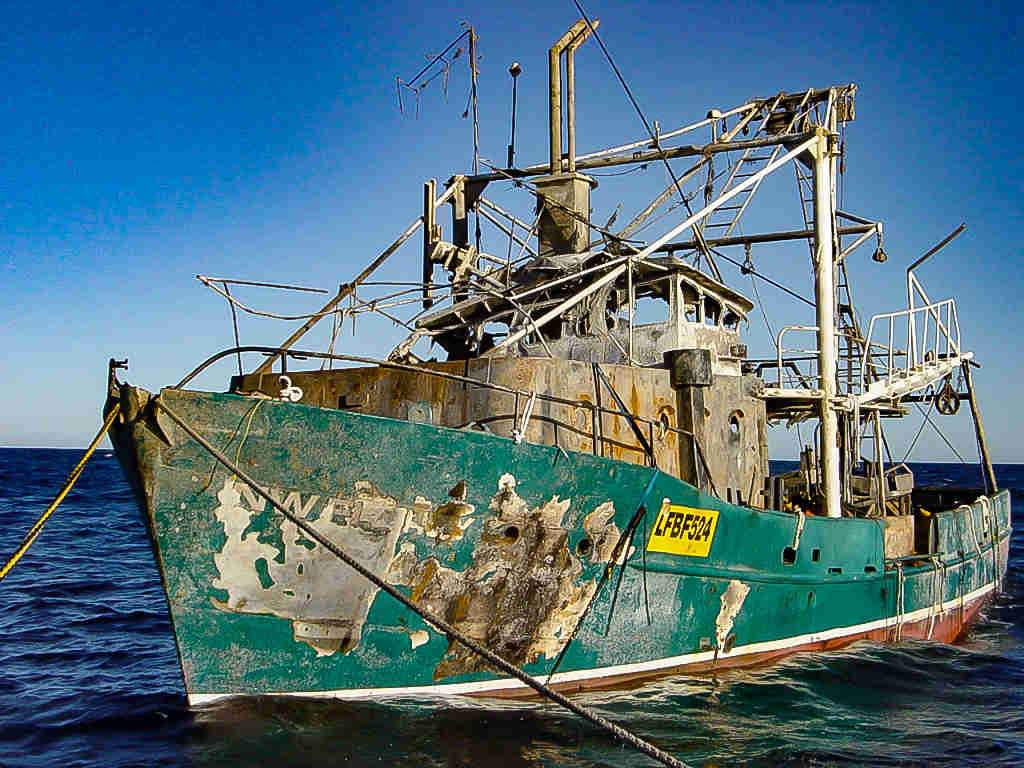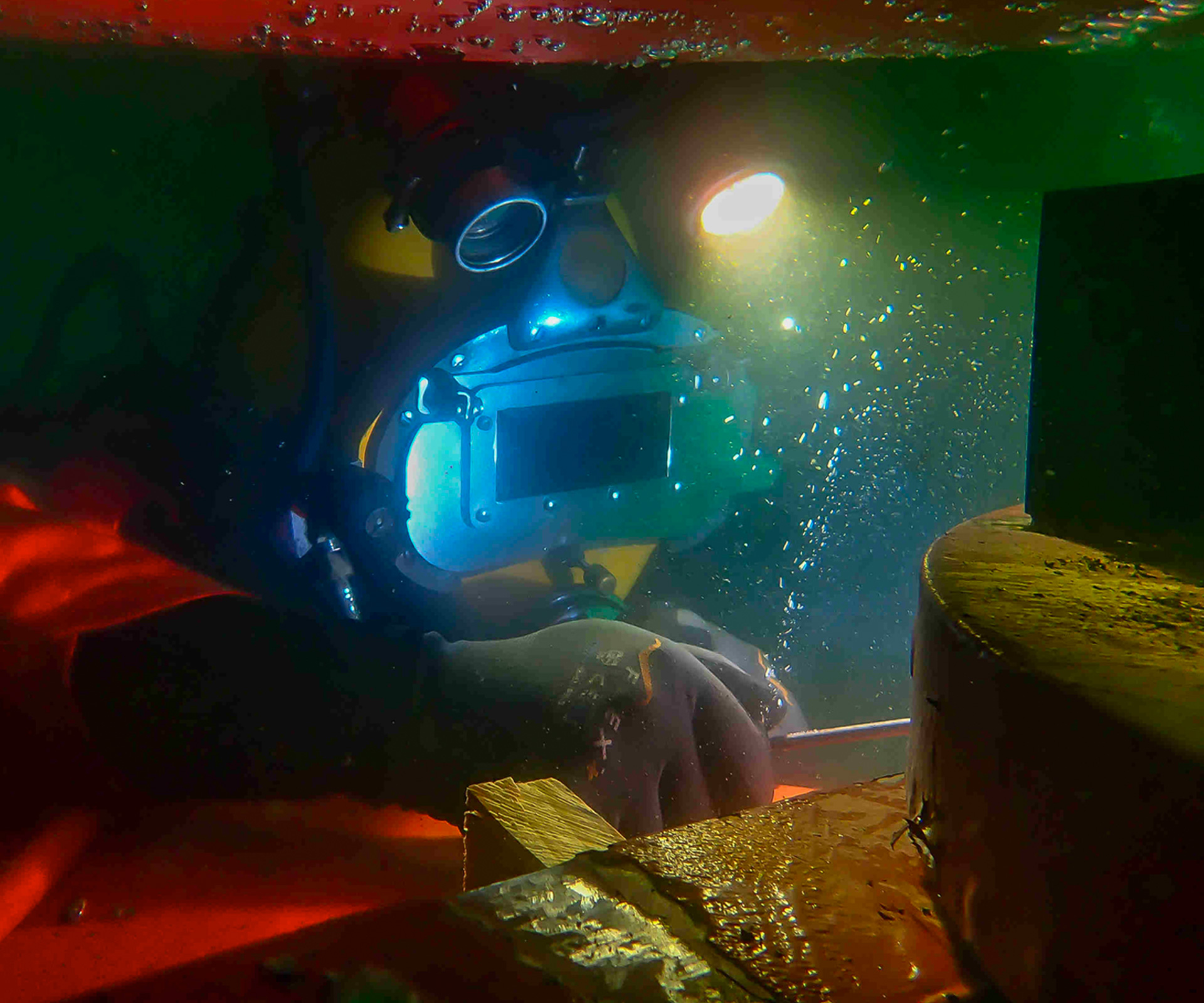Marine Salvage - How to Recover Damaged Vessels
Marine salvage is the process of recovering a vessel that has been damaged, sunk, or stranded. Salvage operations are typically conducted by specialized maritime salvage companies.
There are a number of different methods that can be used to recover a damaged vessel, depending on the severity of the damage and the location of the vessel. In some cases, it may be possible to simply tow the vessel to a safe location. In other cases, more extensive repair and recovery operations may be required.
The most important thing in any marine salvage https://www.franmarine.com.au/salvage/ operation is the safety of the personnel involved. Salvage operations can be extremely dangerous, and it is essential that all safety precautions are followed to avoid accidents.

The types of damage that can occur
When a vessel sinks, there is potential for a number of different types of damage to occur.
The first type of damage is the vessel breaking up on the surface. This can be caused by a number of factors, such as hitting rocks or another object on the surface, strong winds or waves, and fire. If the vessel breaks up on the surface, it can create a dangerous situation for those in the water and make it difficult for rescue crews to reach survivors.
The second type of damage is from sinking. When a vessel sinks, it can cause it to flood and take on water. This can lead to the ship becoming unstable and eventually sinking. The flooding can also cause damage to the interior of the ship and pose a danger to those insides.
The third type of damage is from environmental factors.
The importance of marine salvage
Marine salvage is a vital industry, and it is important for everyone to understand the basics of what it is and why it’s important. Simply put, marine salvage is the process of recovering objects or property from water. This can be anything from a sunken ship to a car that has gone into a river.
The main purpose of marine salvage is to preserve as much property and life as possible. In some cases, valuable cargo can be recovered from wrecked ships, and in others, people can be saved from drowning. The industry is also responsible for cleaning up oil spills and other environmental disasters.
Despite its importance, marine salvage is often overlooked. This may be because it is seen as dangerous and difficult work, or because people assume that someone else will take care of it.
How marine salvage is performed
Salvage is the process of recovering a vessel or its cargo from a location where it is in danger of being lost. The purpose of marine salvage is to minimize the losses caused by maritime incidents, including wrecked vessels, submerged objects, and debris. Marine salvage operations are often risky and expensive, but they can prevent significant losses and protect the environment.
The first step in marine salvage is to assess the situation and determine the best course of action. This may include contacting local authorities or requesting assistance from a professional salvage company. Once a plan is in place, the salvagers will work to stabilize the vessel or object and remove any water that has entered the structure. They may also use pumps or other equipment to remove fuel or oil from the water.
Once the vessel or object is stabilized, it can be removed from the water.

The risks involved in marine salvage
It's not often that a sunken ship is seen as a blessing, but for marine salvage experts, the potential payoff is too great to ignore. Salvaging a vessel from the bottom of the ocean can be dangerous and expensive, but it can also be lucrative.
Despite the risks involved, marine salvage is a thriving industry. In fact, there has been a surge in marine salvage activity in recent years as oil prices have risen. With fuel costs on the rise, companies are increasingly looking to salvaged vessels for alternative energy sources.
The challenges of marine salvage are numerous. The first step is finding the wreck. Once it's located, teams of divers must assess the damage and determine the best way to proceed. The operation can be further complicated by weather conditions and underwater obstacles.
Conclusion
Marine salvage can be a difficult and expensive process, but it is often necessary to save a damaged vessel. By following the steps above, you can increase the chances of a successful salvage operation. Remember to always exercise caution when working around water, and be sure to have a solid plan in place before beginning any recovery efforts.
